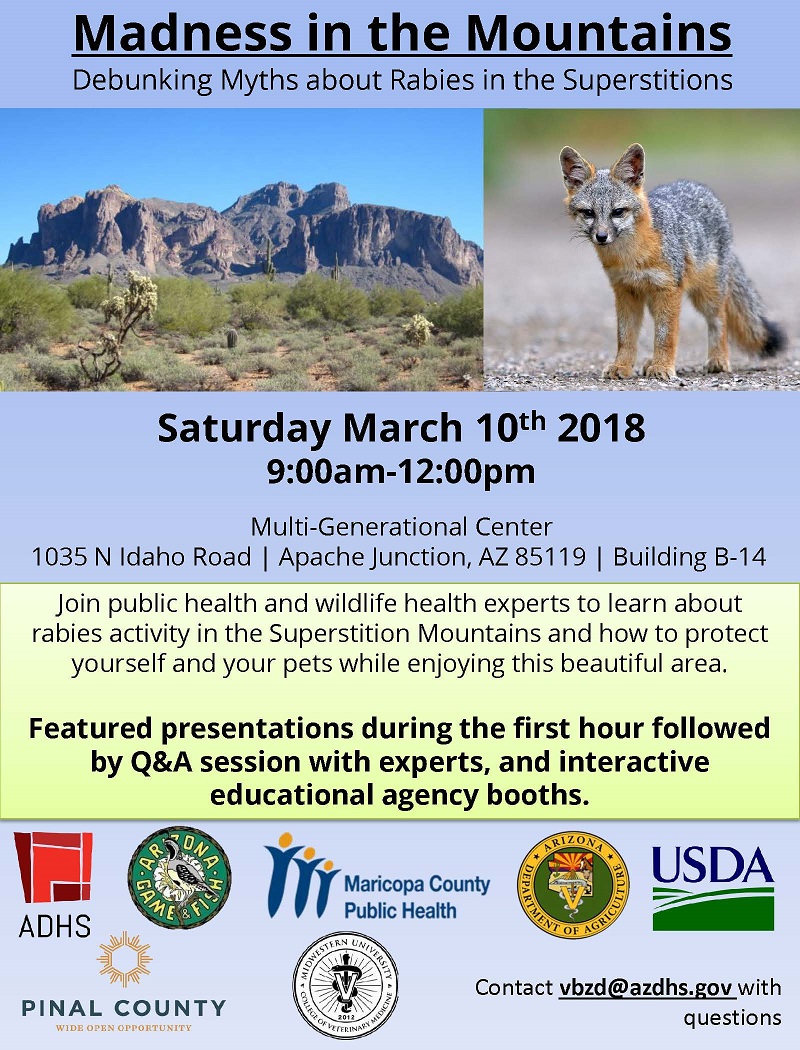The H1N1 pandemic strain virus turns 1 this month. The first indication that there may be a problem was published in an April 24, 2009 Morbidity & Mortality Weekly Report. The CDC announced the new virus in their usual low-key way, with an MMWR lead that said:
“On April 17, 2009, CDC determined that two cases of febrile respiratory illness occurring in children who resided in adjacent counties in southern California were caused by infection with a swine influenza A (H1N1) virus. Although this is not a new subtype of influenza A in humans, concern exists that this new strain of swine influenza A (H1N1) is substantially different from human influenza A (H1N1) viruses, that a large proportion of the population might be susceptible to infection, and that the seasonal influenza vaccine H1N1 strain might not provide protection.”
And so, a pandemic was born. The CDC news brief was followed quickly by reports from Mexico of hundreds, perhaps thousands of respiratory deaths, sparking perhaps the quickest and most comprehensive public health campaign in a decade.
The US public health system began tracking and reporting cases, hospitalizations and deaths, assessing the severity of the virus, and implementing public health interventions to slow the virus’s spread. The strategic national stockpile assets (i.e. antivirals) were deployed, and a vaccine was developed, delivered, and a mass vaccination campaign took place. Oh yeah- and it all happened in the middle of the biggest fiscal crisis that the state has ever seen. Pretty busy year.
So where are we now? The best national estimate is that between 43 and 88 million people have gotten sick from the H1N1 virus. There have been an estimated 192,000 & 398,000 H1N1-related hospitalizations, and between about 8,720 and 18,050 H1N1-related deaths so far. These are the estimates from A paper in Emerging Infectious Diseases authored by CDC staff entitled “Estimates of the Prevalence of Pandemic (H1N1) 2009, United States, April–July 2009”. In the report, the authors concluded that every reported case of H1N1 represented an estimated 79 total cases, and every hospitalized case reported actually represented an average of 2.7 total hospitalized people.
We’re still putting together our weekly flu reports if you’re interested in the latest in AZ. We’re still getting sporadic reports of cases… and we’ve recorded 149 deaths so far. The pandemic strain almost totally displaced all other strains- and more than 98% of all sub-typed samples analyzed by our laboratory have been the pandemic strain. There were virtually no H3N2 or B strains floating around.
The FDA’s Vaccines and Related Biological Products Advisory Committee has recommended that the 2010-2011 influenza vaccine be manufactured with the A/California/7/09 (H1N1)-like virus strain (i.e. the pandemic strain); an A/Perth /16/2009 (H3N2)-like virus; and the B/Brisbane/60/2008-like virus. The FDA recommendation is also consistent with the World Health Organization recommendation for the Northern Hemisphere’s 2010-2011 influenza season.












At least a hundred persons in our city have been infected with the H1N1 virus. I was very scared to get infected with this disease during the pandemic-:-